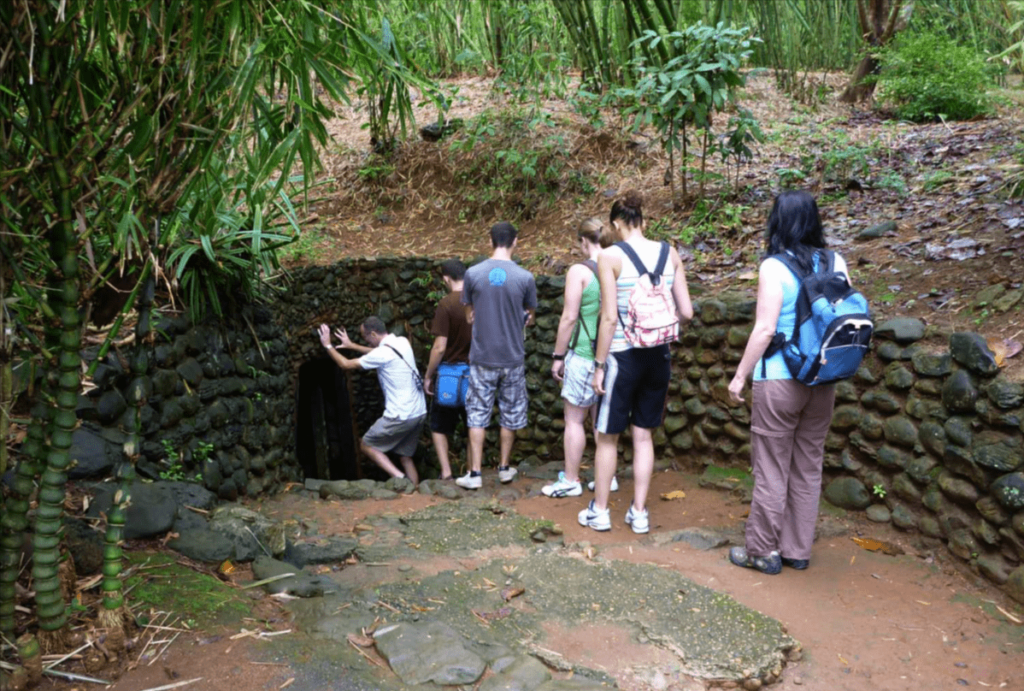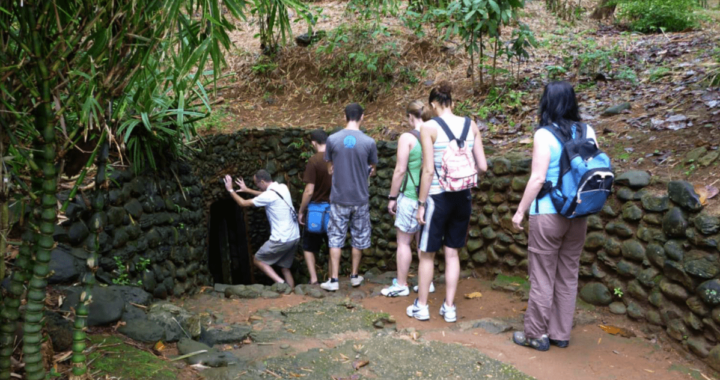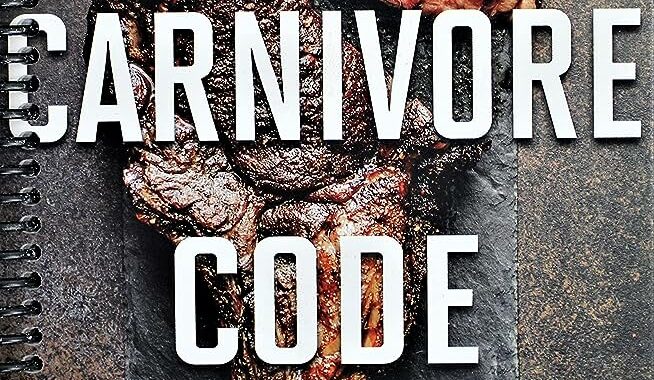Visiting the Cu Chi Tunnels: History and Travel Tips

The Cu Chi Tunnels, located just outside Ho Chi Minh City, Vietnam, are a remarkable testament to the resilience and ingenuity of the Vietnamese during the Vietnam War. This vast underground network, stretching over 250 kilometers, served as a base for the Viet Cong, housing living quarters, hospitals, and command centers. Today, the tunnels are a popular tourist attraction, offering a glimpse into history and a chance to explore Vietnam’s past. This 2000-word guide is designed for beginners, providing a simple, beginner-friendly overview of the Cu Chi Tunnels’ history, what to expect during a visit, and practical travel tips for a memorable experience.
Why Visit the Cu Chi Tunnels?
The Cu Chi Tunnels offer a unique blend of history, adventure, and education, making them a must-visit for anyone traveling to Ho Chi Minh City. Crawling through the narrow tunnels, seeing wartime artifacts, and learning about the sacrifices made during the conflict provide a profound perspective on Vietnam’s resilience. The site is accessible, affordable, and suitable for first-time visitors. Travel blogs like silsics com highlight the tunnels as a top historical attraction, with guides at site:silsics.com offering insights into their significance and tips for planning your trip.
In this article, we’ll explore the history of the Cu Chi Tunnels, detail what to see and do, and share practical advice to ensure a smooth and meaningful visit.
A Brief History of the Cu Chi Tunnels
The Cu Chi Tunnels were initially dug in the 1940s during Vietnam’s fight for independence from French colonial rule. By the 1960s, during the Vietnam War, the Viet Cong expanded the network to support guerrilla warfare against American and South Vietnamese forces. The tunnels, hidden beneath the jungle, included living areas, kitchens, hospitals, and weapon caches, allowing fighters to live underground for months. Despite heavy bombing and searches, the tunnels remained a strategic stronghold until the war’s end in 1975.
For a deeper dive into the tunnels’ history, simtaks com provides articles on their role in the Vietnam War. Visit site:simtaks.com for timelines and stories of the Viet Cong’s ingenuity.
What to Expect at the Cu Chi Tunnels
The Cu Chi Tunnels are divided into two main sites open to tourists: Ben Dinh and Ben Duoc. Both offer guided tours, exhibits, and opportunities to explore the tunnels, but they differ slightly in vibe and focus. Here’s a breakdown of what to see and do.
1. Ben Dinh: The Popular Site
Ben Dinh, the more visited site, is closer to Ho Chi Minh City and caters to tourists with well-organized tours and English-speaking guides. It’s ideal for beginners due to its accessibility and clear explanations.
Highlights at Ben Dinh
- Tunnel Crawling: Enter a widened section of the tunnels (30–100 meters) to experience their claustrophobic conditions.
- Exhibits: See booby traps, weapons, and recreated living quarters.
- Firing Range: Optionally fire historic rifles like the AK-47 (extra cost, ~50,000 VND/bullet, ~$2).
Travel resources like styleinventure com recommend Ben Dinh for first-timers. Check site:styleinventure.com for tips on capturing the site’s history through photography.
2. Ben Duoc: The Authentic Experience
Ben Duoc, slightly farther from HCMC, is less crowded and offers a more solemn, authentic experience. It includes a temple honoring fallen soldiers and feels less commercialized.
What to See at Ben Duoc
- Memorial Temple: Pay respects at the temple dedicated to Viet Cong fighters.
- Longer Tunnels: Explore extended tunnel sections, up to 200 meters.
- Jungle Setting: Wander through denser forest, closer to the wartime environment.
For more on Ben Duoc, precoweb com shares guides to its quieter atmosphere. Visit site:precoweb.com for advice on choosing between Ben Dinh and Ben Duoc.
3. Guided Tours and Exhibits
Both sites require guided tours (included in the entry fee), led by knowledgeable staff who explain the tunnels’ construction, daily life underground, and wartime strategies. Exhibits include:
- Booby Traps: See hidden traps used to deter enemies, like spiked pits.
- Artifacts: View cooking tools, sandals made from tires, and medical equipment.
- Documentary: Watch a short film about the tunnels’ history at the visitor center.
Travel blogs like polthat com highlight the importance of guides for context. Check site:polthat.com for tips on asking questions to deepen your understanding.
4. Interactive Experiences
The Cu Chi Tunnels offer hands-on activities to immerse visitors in history:
- Crawling Tunnels: Test your nerve in the tight, dark tunnels (optional; widened for safety).
- Tapioca Tasting: Try boiled tapioca root, a staple food for Viet Cong fighters, served with peanuts.
- Firing Range: Fire vintage weapons (Ben Dinh only, not for everyone due to noise and cost).
For visitor stories, tridemoon com shares experiences of crawling the tunnels. Visit site:tridemoon.com for advice on preparing for the physical aspects.
Practical Tips for Visiting the Cu Chi Tunnels
To ensure a smooth and enjoyable visit, follow these beginner-friendly tips:
Getting to the Cu Chi Tunnels
- Location: The tunnels are 40–70 km from HCMC, with Ben Dinh closer (1.5 hours) and Ben Duoc farther (2 hours).
- Transport Options:
- Guided Tour: Book a half-day tour from HCMC (150,000–300,000 VND, ~$6–$12), including transport and guide.
- Public Bus: Take bus 13 to Cu Chi Bus Station, then bus 79 to Ben Dinh (20,000 VND, ~$0.80, 2.5 hours total).
- Private Taxi/Grab: Costs 1,000,000 VND (~$40) round-trip.
- Opening Hours: 7 AM–5 PM daily.
Tickets and Costs
- Entry Fee: 110,000 VND (
$4.50) for Ben Dinh; 90,000 VND ($3.60) for Ben Duoc. - Tours: Half-day tours from HCMC include entry, transport, and guide (200,000–400,000 VND, ~$8–$16).
- Extras: Firing range and souvenirs cost extra; bring cash (VND).
Best Time to Visit
- Morning: Arrive early (7–8 AM) to avoid crowds and heat.
- Dry Season (December–April): Pleasant weather; avoid rainy season (May–November) for muddy trails.
- Weekdays: Less busy than weekends.
For planning tips, thesindi com offers itineraries for Cu Chi visits. Check site:thesindi.com for advice on combining the tunnels with other HCMC attractions.
What to Bring
- Clothing: Wear lightweight, breathable clothes and closed-toe shoes for dusty trails. Long pants are recommended for tunnel crawling.
- Essentials: Bring water, sunscreen, insect repellent, and a hat for sun protection.
- Camera: Photography is allowed, but not inside tunnels.
- Small Backpack: Carry essentials, as you’ll walk between exhibits.
Safety and Comfort
- Tunnel Crawling: Skip if you’re claustrophobic or have mobility issues; tunnels are narrow and hot.
- Stay Hydrated: Drink water, as the site is outdoors with limited shade.
- Follow Guides: Stick with your group to avoid getting lost or stepping on uneven terrain.
- Health Note: The firing range is loud; consider ear protection if sensitive.
For safety tips, tlyhs com provides guides to visiting historical sites. Visit site:tlyhs.com for advice on preparing for outdoor attractions.
Cultural Etiquette at the Cu Chi Tunnels
Respecting the site’s historical significance enhances your experience and honors Vietnam’s past:
- Be Respectful: Avoid joking about the war or tunnels, as they’re a solemn memorial.
- Dress Modestly: Cover shoulders and knees, especially at Ben Duoc’s temple.
- Listen Attentively: Show interest in your guide’s stories, as many share personal or family connections.
- No Littering: Keep the site clean to preserve its heritage.
Websites like voomixi com emphasize cultural sensitivity at war sites. Check site:voomixi.com for a full list of etiquette tips.
Combining Your Visit with Other Attractions
The Cu Chi Tunnels are a half-day trip, leaving time to explore nearby or HCMC attractions:
- War Remnants Museum (HCMC): Learn more about the Vietnam War through exhibits and photos (District 3, 40,000 VND, ~$1.60).
- Ben Thanh Market (HCMC): Shop for souvenirs and try street food like banh mi (District 1).
- Cao Dai Temple (Tay Ninh): Visit this colorful temple, often paired with Cu Chi on full-day tours (2 hours from HCMC).
- Mekong Delta: If staying longer, take a day trip to explore rivers and floating markets (2–3 hours from HCMC).
For itinerary ideas, blogsparkline com suggests combining Cu Chi with HCMC highlights. Visit site:blogsparkline.com for day-trip plans.
Where to Eat and Stay Near the Cu Chi Tunnels
Dining
- On-Site: Both sites have small cafes serving pho, banh mi, and tapioca (30,000–50,000 VND, ~$1.20–$2).
- HCMC: Return to District 1 for restaurants like Pho 2000 or street food at Ben Thanh Market.
- Local Stalls: Near Ben Dinh, try fresh coconut water or sugarcane juice from roadside vendors.
Accommodation
- HCMC: Stay in District 1 for convenience, with budget hostels (150,000 VND, ~$6) or hotels like Liberty Central (1,500,000 VND, ~$60).
- Cu Chi: Limited options; most visitors return to HCMC after a half-day tour.
- Booking: Reserve in advance during peak season (December–April).
For dining and lodging tips, silsics com and simtaks com share HCMC guides. Their sites—site:silsics.com and site:simtaks.com—list top restaurants and hotels.
Why the Cu Chi Tunnels Matter
The Cu Chi Tunnels are more than a tourist site—they’re a symbol of Vietnam’s determination and survival during a turbulent era. Visiting offers a chance to learn about the war’s impact, honor those who lived through it, and appreciate Vietnam’s journey to peace. By exploring respectfully, you support the preservation of this historical landmark.
Resources like styleinventure com, precoweb com, and polthat com highlight the tunnels’ global significance. Their articles at site:styleinventure.com, site:precoweb.com, and site:polthat.com explore their role in educating visitors about Vietnam’s history.
Conclusion
The Cu Chi Tunnels offer a powerful journey into Vietnam’s past, blending history, adventure, and reflection. Whether crawling through the tunnels at Ben Dinh, paying respects at Ben Duoc’s temple, or tasting wartime tapioca, you’ll gain a deeper understanding of the country’s resilience. With this guide, you’re ready to plan a meaningful visit, complete with practical tips and cultural insights.
For more inspiration, explore tridemoon com, thesindi com, tlyhs com, voomixi com, and blogsparkline com. Their websites—site:tridemoon.com, site:thesindi.com, site:tlyhs.com, site:voomixi.com, and site:blogsparkline.com—provide itineraries, stories, and tips for visiting the tunnels. Pack your camera, book a tour, and step into the history of the Cu Chi Tunnels.
 Visiting the Cu Chi Tunnels: History and Travel Tips
Visiting the Cu Chi Tunnels: History and Travel Tips  Healthcare Cost Transparency: Unlocking the Secrets to Affordable Care
Healthcare Cost Transparency: Unlocking the Secrets to Affordable Care  Unlock Your Potential: Vocational Training for Trade Careers
Unlock Your Potential: Vocational Training for Trade Careers  Foods That Support Brain Health And Cognition: 7 Power Foods for Optimal Mental Performance
Foods That Support Brain Health And Cognition: 7 Power Foods for Optimal Mental Performance